The Silk Road, or Silk Routes, are an extensive interconnected network of trade routes across the Asian continent connecting East, South, and Western Asia with the Mediterranean world, including North Africa and Europe.
So-called "Silk Routes" were not only conduits for silk, but for many other products and were also very important paths for cultural and technological transmission by linking traders, merchants, pilgrims, monks, missionaries, soldiers, nomads and urban dwellers from China to the Mediterranean Sea for thousands of years.
The routes enabled people to transport trade goods, especially luxuries such as silk, satins, musk, rubies, diamonds, pearls and rhubarb. At the same time, they were a conduit for the spread of knowledge, ideas, cultures, and diseases. from different parts of the world in China, India, and Asia Minor to the Mediterranean, extending over 8,000 km (5,000 miles).
Trade on the Silk Road was a significant factor in the development of the great civilizations of China, India, Egypt, Persia, Arabia, Rome, and helped to lay the foundations for the modern world in several respects. Although the term the Silk Road implies a continuous journey, very few travelers traveled the route from end to end. For the most part, goods were transported by a series of agents on varying routes and trade took place in the bustling mercantile markets of the oasis towns.
The Central Asian part of the trade route was expanded around 114 BCE by the Han Dynasty, largely through the missions and explorations of Zhang Qian as earlier trade across the continents had already existed. In the late Middle Ages, transcontinental trade over the land routes of the Silk Road declined as sea trade increased.

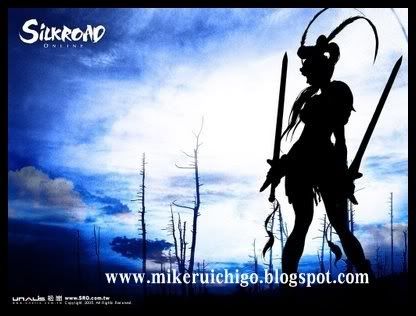
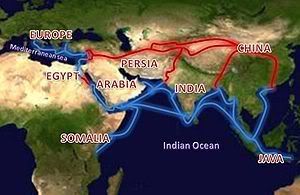
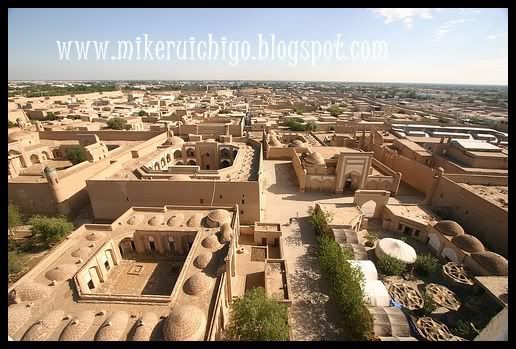
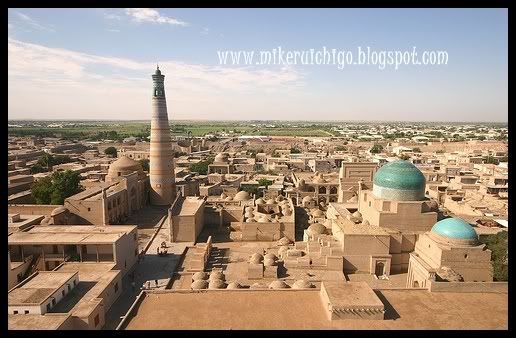
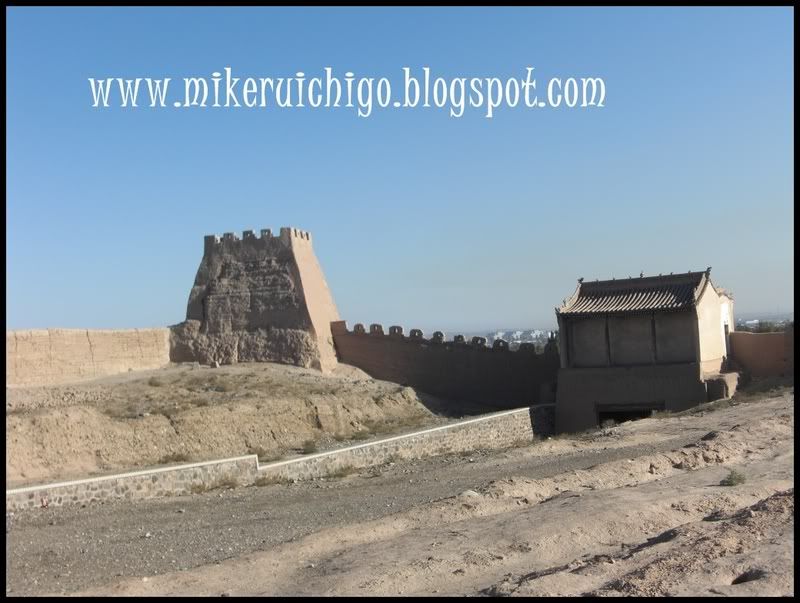
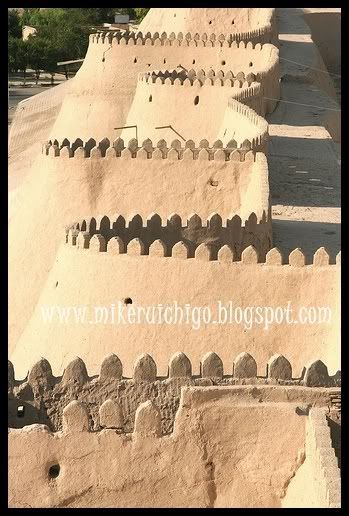
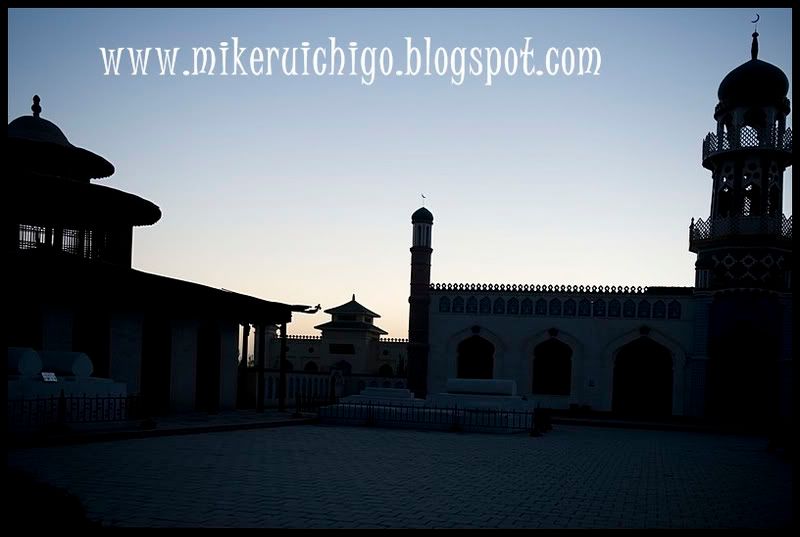

No comments:
Post a Comment